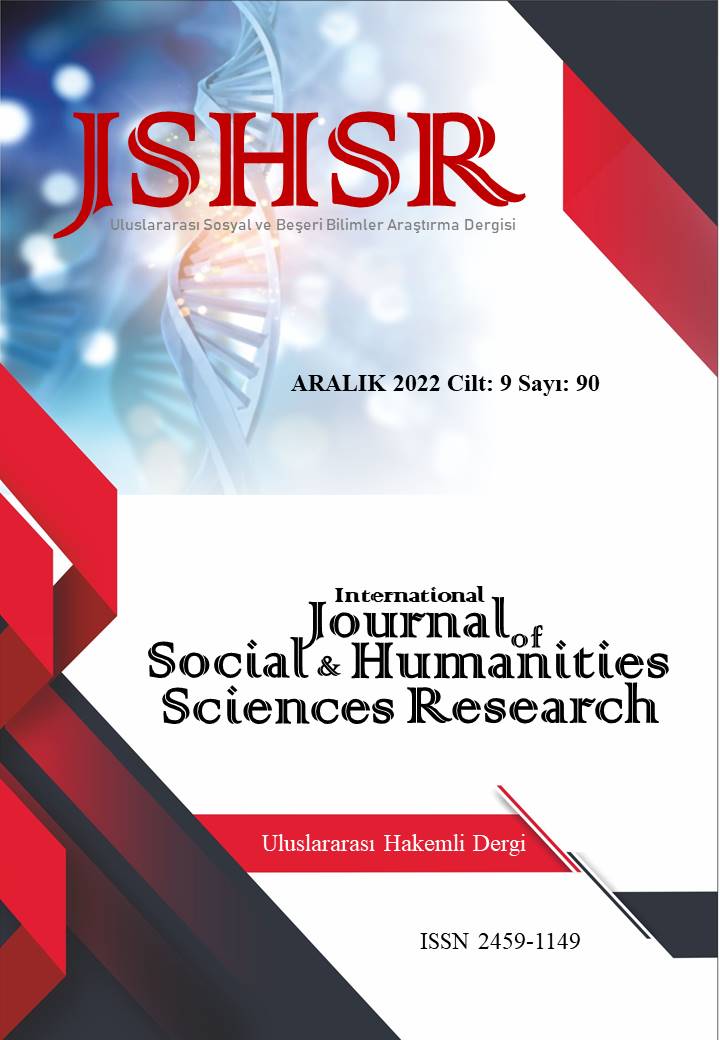IMPACT OF GREEN TECHNOLOGIES AND CO2 EFFICIENCY ON GROWTH: PANEL DATA ANALYSIS FOR SELECTED OECD COUNTRIES
DOI:
https://doi.org/10.26450/jshsr.3424Keywords:
Green Growth, CO2 efficiency, Panel Data AnalysisAbstract
The main purpose of the study is to analyze the impact of green technologies and CO2 efficiency on economic growth. Some sectors with the potential to foster green economic growth may invest in environmentally friendly production and a green economy for the ecosystem. It is aimed to examine the models that analyze the effects of CO2 efficiency and green technologies on economic growth in the literature and to give policy recommendations that will guide countries for green growth.
In the study, the relationship between dependent and independent variables was estimated with the Random Effects model in panel data analysis. Short and long term coefficients are calculated with MG (Mean Group) and DFE (Dynamic Fixed Effects) estimators applied as a result of the ARDL test.
According to the results of the Random Effects Model used within the framework of panel data analysis, the effect of CO2 efficiency and green technologies on economic growth is positive and significant. DFE estimation results show that CO2 efficiency has a positive effect on economic growth in both the short and long term, and it is observed that the coefficients for both periods are statistically significant. On the other hand, the effect of green technologies variable on economic growth is statistically insignificant according to the DFE estimator.
While green growth is adopted as a priority strategy by many countries in the world, different investments are planned in this area. This study will contribute to the literature in this field by presenting policy recommendations as a result of the analysis of the effect of green technologies and CO2 efficiency on economic growth for countries that have adopted the carbon neutral target of 2050.
Downloads
Published
How to Cite
Issue
Section
License
Copyright (c) 2022 INTERNATIONAL JOURNAL OF SOCIAL HUMANITIES SCIENCES RESEARCH

This work is licensed under a Creative Commons Attribution 4.0 International License.


